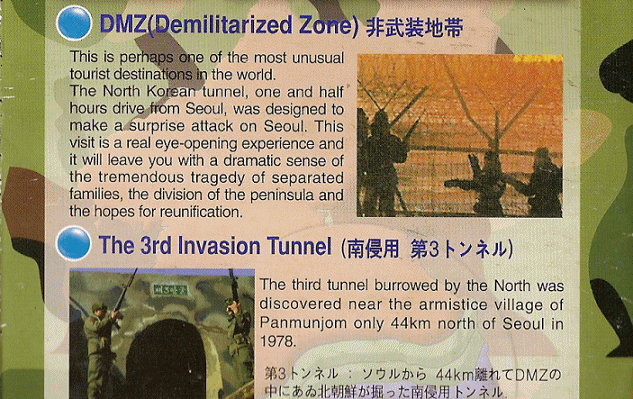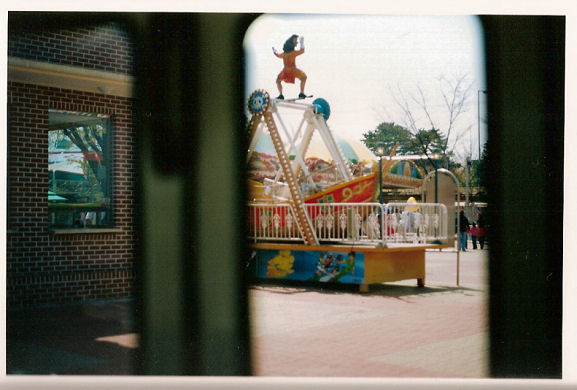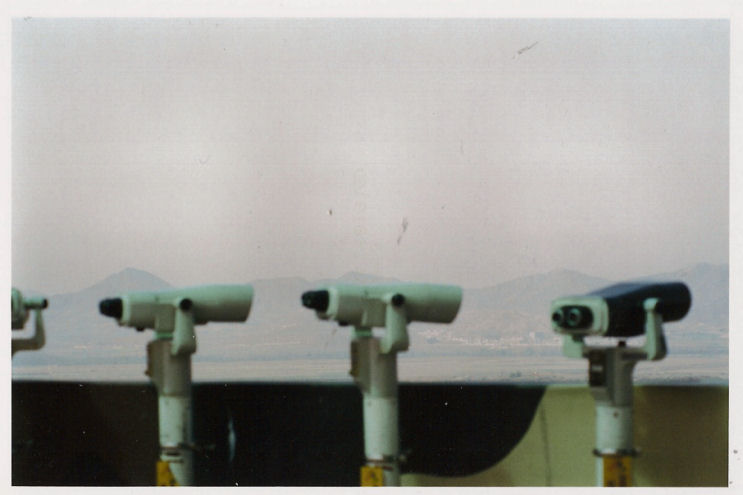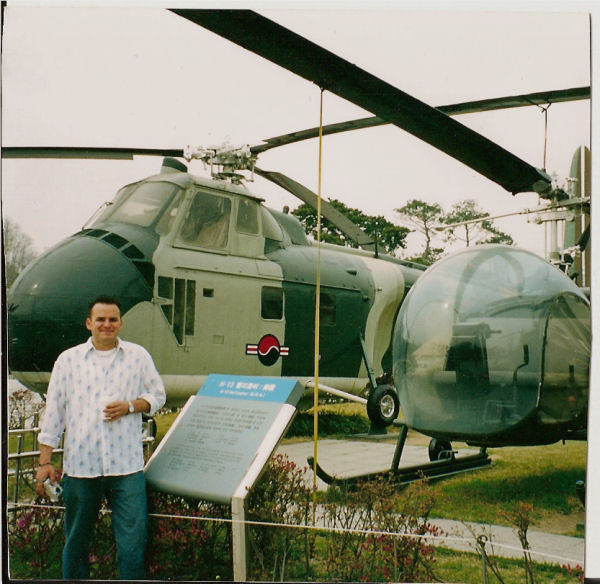In
August, 1945, two U.S. officers consulting a National Geographic
map hastily chose Korea's 38th parallel as the dividing line beyond
which Soviet troops in the north could not go. No Koreans or even
Korean experts participated in the decision. A U.S. foreign
service officer and Korea historian later said of the moment,
"No
division of a nation in the present world is so astonishing in its
origin as the division of Korea; none is so unrelated to conditions or
sentiment within the nation itself ... ; in none does blunder and
planning oversight appear to have played so large a role."
The
temporary divison turned permanent as the Cold War settled in.
The Soviet-backed Democratic People's Republic of Korea (DPRK)
was introduced in September, 1949, and is now the world's most
militarized and least free country. South Korea, in turn, is one
of the world's most flourishing nations.
Peering across the Demilitarized -- not! -- Zone into North Korea.

One of at least 22 actual or suspected tunnels secretly carved by the
North. Using only conventional forces, North Korea could steamroll into
Seoul in less than 30 minutes. Whatever other tunnels exist allow them
to appear behind and ambush South Korean and U.S. front lines. Given
the complexity of the DMZ's geology and its 151-mile length, one
physicist says that finding the tunnels is harder than finding a needle
in a haystack -- "more like looking for a vacuum in space."


Reunification sculpture:

Maybe the small amusement park just steps away from the barbed wire and landmines would deter the North Korean army?

An
absolutely heart-breaking, surreal vision: the immaculate train
station to Pyongyang, North Korea. The station is large, ready and
fully functional, yet the link is still severed. Pres. G.W. Bush
presided over the "opening" in 2002. The last train to cross the
DMZ before the war is commemorated, rusting and bullet-ridden, in a
painting.


Another view from Paju Mt.Odu Unification Observation Platform:

Next stop was the War Museum
of Korea. We were really curious as to how a nation that has
suffered 900 invasions in the last 2,000 years, nearly 2 million
casualties in its last war, and a current 50-year separation from its other half would enunciate such a tragic past.
With a heavy dose of cute overload, of course!

Dad flew Hueys after he was drafted to Vietnam:

In addition to the 2 million+ North
Koreans, 1 million+ South Koreans and 1 million+ Chinese, 37,000 persons from the U.S. died in the Korean
War, including 415 from Kansas:











